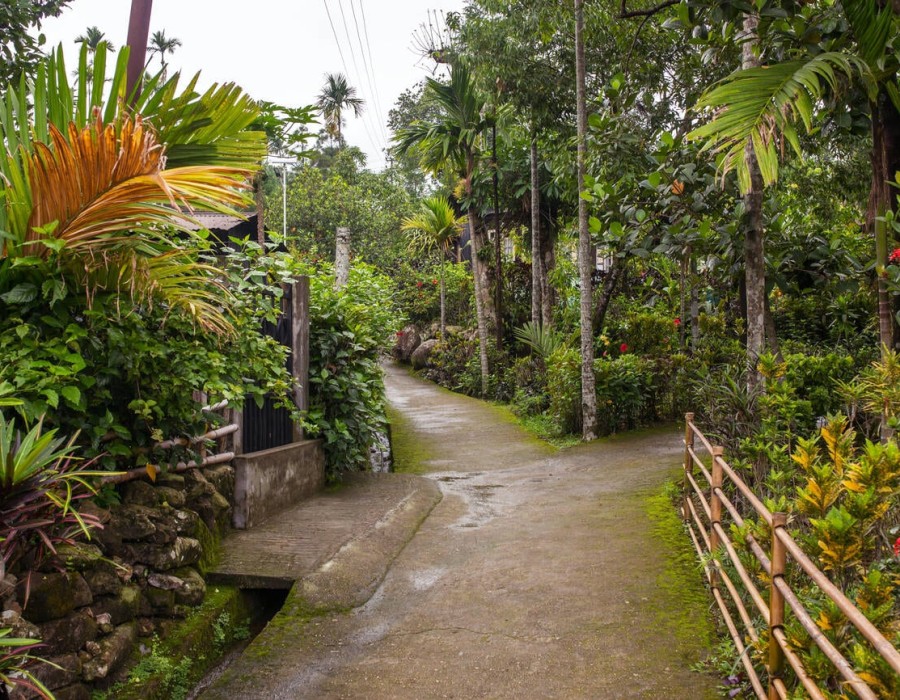Mawphlang Sacred Grove stands as a testament to the deep-rooted spiritual and ecological heritage of the Khasi tribe. This enchanting forest, located just 25 kilometers from Shillong, is not only a biodiversity hotspot but also a revered site for local communities. With its rich history, unique ecosystem, and cultural significance, the Mawphlang Sacred Grove has become a must-visit destination for travelers seeking to explore the natural beauty and traditions of Meghalaya.
Historical Significance
The Mawphlang Sacred Grove is steeped in history and tradition, dating back centuries. For the Khasi people, these sacred groves are imbued with spiritual significance. According to local beliefs, the groves are the dwelling places of ancestral spirits, and the Khasi people maintain a profound respect for these areas. This reverence is reflected in the traditional practices that have been upheld for generations, where no trees are cut, and no animals are hunted within the grove.
The Khasi tribe’s connection to the Mawphlang Sacred Grove highlights the importance of preserving nature and the environment. This commitment to conservation has ensured that the grove remains largely untouched, allowing it to thrive as a unique ecological space. The grove is not just a natural reserve; it is a living museum of the Khasi culture and traditions.
Ecological Diversity
The ecological diversity of the Mawphlang Sacred Grove is nothing short of remarkable. Covering an area of approximately 75 acres, the grove is home to a wide variety of flora and fauna. Over 100 species of trees, including medicinal plants and orchids, thrive in this biodiverse environment. Some of the notable species found in the grove include the sacred fig (Ficus religiosa), betel nut (Areca catechu), and various types of bamboo.
Moreover, the grove provides habitat to numerous animal species, including various birds, insects, and small mammals. Birdwatchers will be delighted by the chance to spot colorful and rare birds amidst the lush greenery. The sounds of chirping birds and rustling leaves create a serene atmosphere, making it an ideal spot for nature enthusiasts and photographers alike.
A Spiritual Experience
Visiting the Mawphlang Sacred Grove is not just a physical journey; it is also a spiritual experience. As you enter the grove, you are greeted by towering trees and the sounds of nature, creating a sense of peace and tranquility. The local guides, often from the Khasi community, share stories about the grove's significance and the rituals that take place there, enriching your understanding of this sacred space.
Visitors can witness various sacred sites within the grove, including the traditional altar known as the "Niamtre" where offerings are made to ancestral spirits. These rituals play a vital role in the community's spiritual life, fostering a deep connection between the people and their environment. Engaging with these traditions provides valuable insight into the Khasi way of life, emphasizing the importance of nature in their beliefs.
Exploring the Grove: Trails and Attractions
The Mawphlang Sacred Grove offers several well-marked trails that allow visitors to explore its beauty at their own pace. As you wander along the paths, you will encounter towering trees, vibrant ferns, and stunning orchids, each telling a story of resilience and ecological balance. The trails are suitable for all ages, making it a family-friendly destination.
One of the highlights of the grove is the “Living Root Bridges,” which showcase the incredible ingenuity of the Khasi people. These bridges are made from the roots of rubber trees, woven and guided by hand to form strong, natural structures that blend seamlessly with the forest environment. Exploring these bridges offers a unique experience, highlighting the harmonious relationship between the people and nature.
The Role of Community in Conservation
The preservation of the Mawphlang Sacred Grove is deeply intertwined with the local community's values and practices. The Khasi tribe plays an active role in protecting this sacred site, adhering to their ancestral beliefs that prioritize environmental stewardship. The community's commitment to conservation has made the grove a symbol of sustainable living, where ecological balance is maintained.
Local initiatives promote eco-tourism, allowing visitors to experience the beauty of the grove while supporting the livelihoods of the Khasi people. By engaging with local guides and participating in community-led activities, visitors contribute to the preservation of both the cultural and natural heritage of the area.
Visitor Information
Mawphlang Sacred Grove is easily accessible from Shillong, making it a popular day trip for tourists. The best time to visit is during the cooler months from October to March when the weather is pleasant for exploration. Guided tours are available, offering valuable insights into the grove’s ecology and cultural significance.
While visiting, it's important to respect the local customs and the sacred nature of the grove. Visitors are encouraged to follow designated paths, refrain from littering, and avoid disturbing the flora and fauna. This respectful approach ensures that the sacred grove remains a pristine environment for future generations.
Conclusion
The Mawphlang Sacred Grove is a remarkable destination that beautifully encapsulates the interplay between culture and nature. It is a sanctuary where the Khasi people’s spiritual beliefs are intricately linked to the ecological richness of the forest. For travelers seeking a unique experience in Meghalaya, the grove offers not only stunning natural beauty but also a deep connection to the region’s cultural heritage.
As you walk through the serene paths of Mawphlang Sacred Grove, take a moment to reflect on the ancient traditions that have preserved this space for centuries. The grove is more than just a collection of trees; it is a living embodiment of the Khasi people's respect for nature and their enduring legacy of conservation. A visit to this sacred site promises to be a memorable journey into the heart of Meghalaya's rich natural and cultural tapestry.





Comments